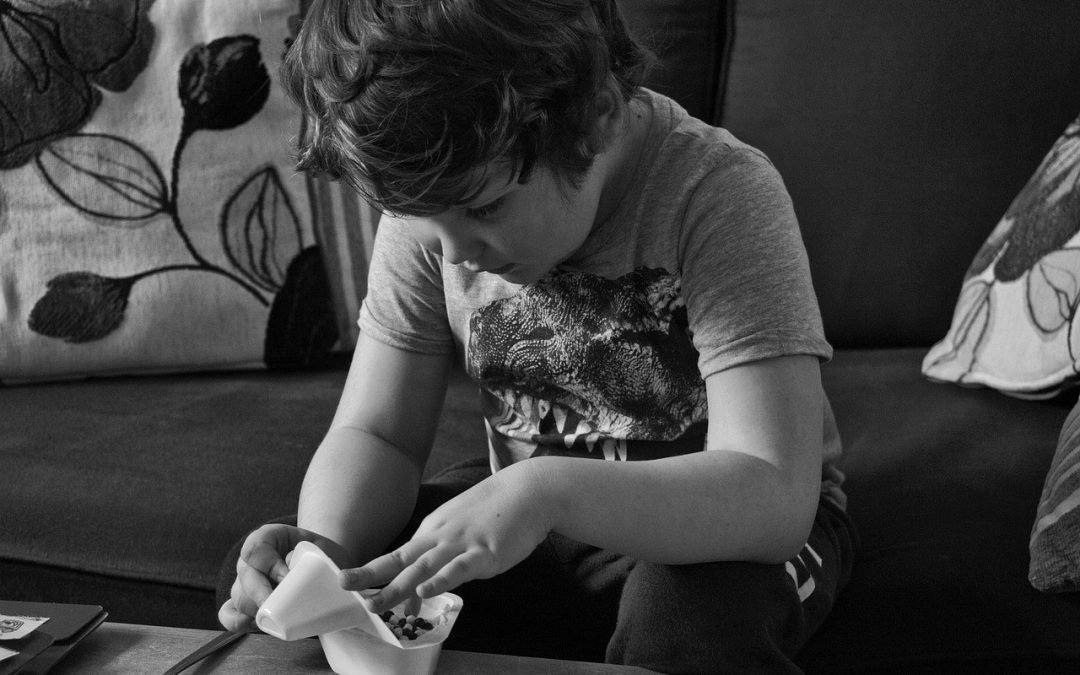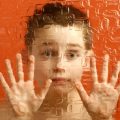Table of Contents
In this article, we will discuss the most common types of autism. Knowing these classifications will help you identify the right management treatment for your loved one.
Sometimes also called “Classic” Autism, Autistic Disorder is usually what comes to mind when people think of the word autism. It is also what is referred to when the terms childhood autism, early infantile autism, and Kanner’s syndrome or infantile psychosis, are used. Individuals with Autistic Disorder typically manifest language delays, social and communication challenges, and unusual behaviors and interests.
The impairments of those suffering from autistic disorder are comparatively more severe, and involve impairments in social and language functioning, repetitive behavior, and may also include mental retardation and seizures.
Asperger’s Syndrome
People with Asperger’s Syndrom typically only have milder symptoms of autism. That is, despite social challenges, unusual behaviors and interests, they generally do not have problems with language or intellectual disability. In fact, they generally tend to score in the average or above average range in intelligence tests. This tends to affect boys more than girls, and is characterized by an obsessive interest in a single object or topic, which they can research and discuss nonstop. General social skills, however, are markedly impaired. As they enter adulthood, they are at a greater risk for developing anxiety and depression.
Asperger’s Syndrome was removed from the diagnostic manual in 2013, but people still continue to use it because of its usefulness in describing a very specific group of people – even with a tough time in social communication, their above average intelligence makes individuals with Asperger’s Syndrome seem “quirky”- prompting the more common terms “geek syndrome” or “little professor syndrome.” Some doctors also refer to this syndrome as “high-functioning autism (HFA).”
Pervasive Developmental Disorder, not otherwise specified (PDD-NOS)
Also called “Atypical Autism,” PDD-NOS is usually the diagnosis for people who meet some, but not all, of the criteria for Autistic Disorder or Asperger Syndrome. Usually, the symptoms are milder compared to Autistic Disorder though more severe than Asperger’s Syndrome, and usually involve social and communication challenges. The age of onset is also usually later compared to the other types. PDD-NOS is kind of a catch-all category for children manifesting autistic behaviors but who do not fit into the other categories. The symptoms can range from very mild to very severe. With the removal of PDD-NOS as a subtype from DSM-5, the newer diagnosis “Social Communication Disorder” may serve the same function of being a catch-all category.
Rett Syndrome
This is no longer considered to be a subtype of autism, although those with Rett syndrome may still display autism-like symptoms. When this happens, then they have both Rett Syndrom as well as ASD.
This is a rare genetic condition that affects only girls, and was the only one in the former subtypes that could be diagnosed medically. This is caused by a genetic mutation and apparently only occurs randomly, rather than being inherited. It is characterized by severe symptoms such as social communication challenges, as well as a severe impairment of a girl’s ability to use her hands. From 6 to 18 months of age, the child begins to stop responding socially, habitually wrings her hands, and loses language skills. Coordination problems appear and can become severe. By the age of two, head growth falls far below normal.
Childhood Disintegrative Disorder (CDD)
In CDD, children develop normally for the first two years and then lose some or most of their communication and social skills. This disorder is extremely rare, however, and its existence as a separate condition is still being debated.
This is a very rare disorder affecting boys more often than girls, and it is also the most severe in the autistic spectrum disorder. After a period of normal development from 2 to 4 years of age, a child begins to rapidly lose multiple areas of function, including social and language skills and intellectual abilities. The child may also often develop a seizure disorder. This can become a severe impairment, and lost functions are no longer recovered.






 I love to write medical education books. My books are written for everyone in an easy to read and understandable style.
I love to write medical education books. My books are written for everyone in an easy to read and understandable style.
